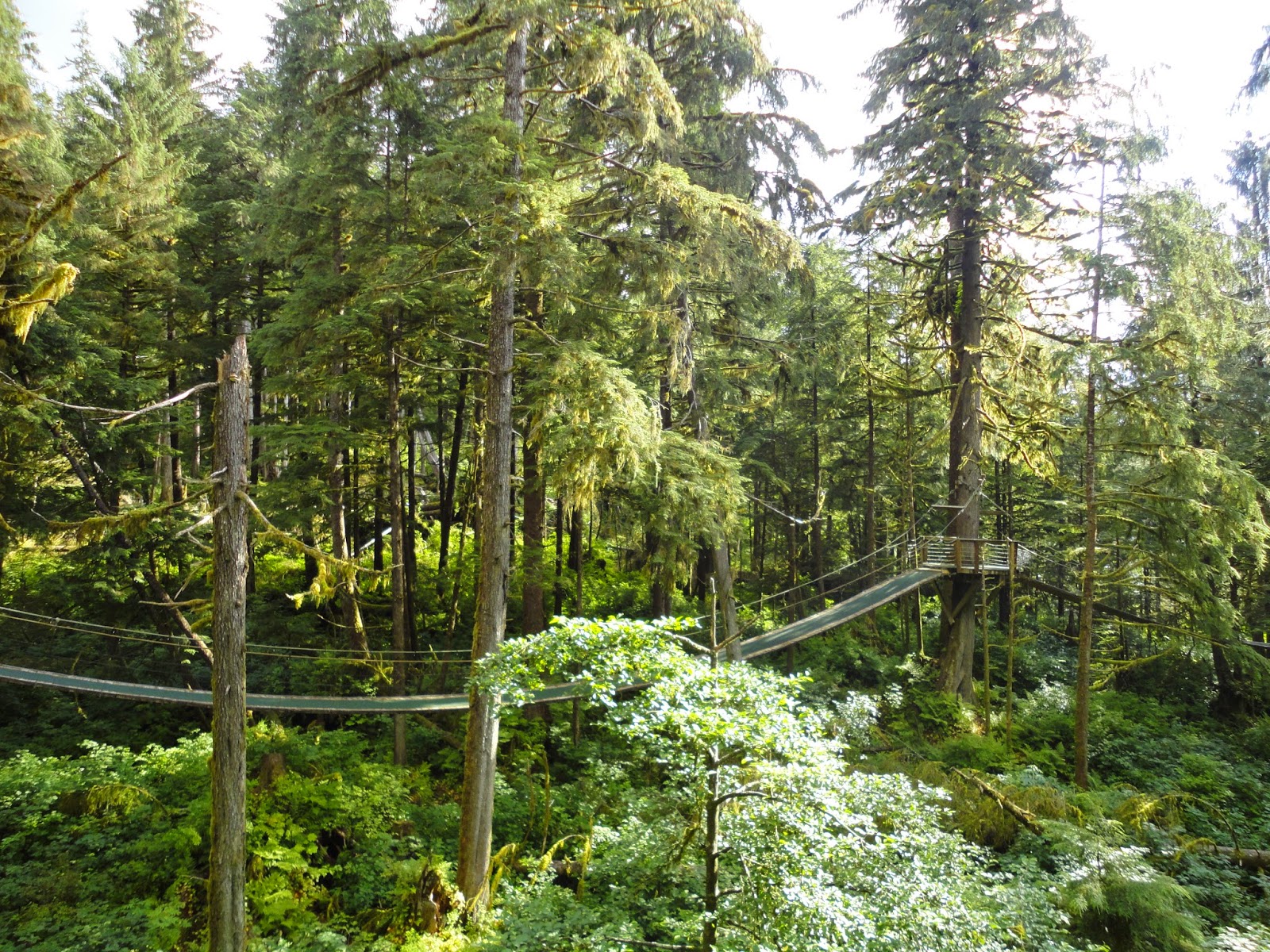The most impressive first - the landscape. Massive mountains, wide valleys, broad rivers. And of course, the highest mountain of Northern America: Mount McKinley.
Amazing! And what a beautiful contrast between the white snow and the blue sky. Yes, indeed, there was blue sky. Actually, I received a certificate for being among the 30 percent of visitors who get the chance to see the whole mountain.
Then, the animals. In the park, there are wolves, bears, moose, caribous, and mountain sheeps. I am not sure that the Alaskan "big five" compare favorably with the African "big five". We got to see seven grizzly bears, including a mother with two young ones. Apparently, when spotted by grizzly bears and brown bears, you should raise your hands, make noise, and slowly back away while facing the animal.
Obviously, the caribou is less intimidating. Its horns are still impressive. In conclusion, I must say that I was somewhat surprised at the low number of animals we saw. The vegetation was not so dense, meaning that the visibility was good. But there is only a single road going through the park, limiting the access to animals. I was also surprised at the simple state of infrastructure in the park - African parks have nothing to envy to Denali.
It is interesting to see that nature is also being shaped by animals. Here the beavers have built a dam creating a nice lake.
A little bit further, we got to see a beaver from close-by. What a nice treat!
Alaska is not all nature. There are some nice and slow trains running through the interior, transporting tourists and cargo. The 8-hour journey between Anchorage and Fairbanks is almost on time. Why? Because of labor laws, stating that train operators can only work for 8 hours in a row. Well there is really a problem on the line, the conductor will then call someone to replace him after these 8 hours.
A more Alaska-specific mean of transport is the hydroplane. It can also land on the ice in winter times. In case neither your GPS nor your compass work, you would rely on the old fashioned road signs. Well what is they are really confusing? What about taking the exit "SOUTH" to go to the "NORTH POLE"... I wonder how many people got lost. A last impressive and original thing to see in Alaska is the oil pipeline. It looks pretty solid, yet quite unsophisticated. It is the artery that keeps Alaska rich.

































